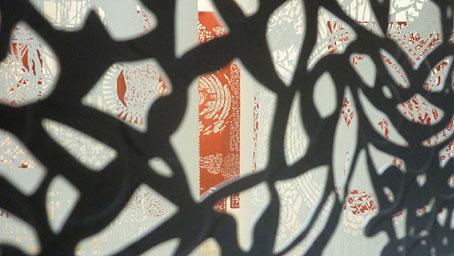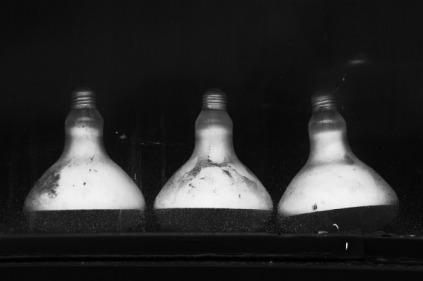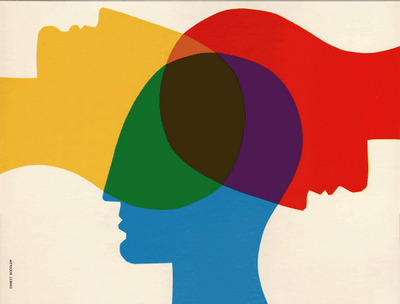
Both as a tactical formation and as a cultural institution, the 4—3—3 comes out of the psychedelic experience. Ideally, there should be research that seeks to historicize, around and beyond Cruyff, the reasons why this particular shape in football seems to be finding a way of integrating states of heightened awareness such as the ones occurring during experiments with LSD. In the right hands, such as The Beatles’ Dr. Robert or in Walter Benjamin’s annotations on hard opiates, the ingestion of powerful mindaltering drugs is about a quality of perceptiveness; with minor detrimental effects, it allows the disclosure of a fantastically faithful account of what’s happening, including the soccer field, which you can then attempt to verbalize in a second-by-second narrative at a dizzying Dylanesque speed. (There are unprecedented difficulties to establish the links between LSD consumption, besides the whirr and plop inside the skull, and a double Fernet on the rocks brought by a waitress while strains of the Aida overture are heard.) In the wrong hands, however, such as Roma’s implementation of the Catalan framework, whose toxic properties are unknown but whose sacramental religiousness is displaying “safe” hallucinogenic effects on all kinds of spectators, the psychedelic experience quickly turns sour; with long-lasting consequences on personal identity, a transcendental, faltering, intermittent 4—3—3 loom might lead to self-implosion.


According to a Berkeley group of scientists gathering in 1967 to describe the blinking purple light of a trip through acids, this psychedelic experience, the one whose soccer results I am here to tell about, seems to fall into three general overlapping categories. Panic Reactions: of all patients, many defenders take the drug alone and come to the side-line seeking relief from their terror. Others are brought by team-mates who thought they could not control it. Recovery is rapid and these patients can actually be discharged within three days, even after suspension. Reoccurrence: The spontaneous return of perceptual distortions or feelings of depersonalization occurrs with Roma to a year after the lost previous use of the drug without further ingestion of it. This tends to occur in individuals who had been preoccupied with the effects of Serie A upon them and thought about it often. Reoccurrence tends to occur in people who are then in a situation which provoked anxiety, such as Luis Enrique’s project. Extended Psychosis: Three of the eleven patients who developed extended psychoses were felt not to have been psychotic prior to this season. They had, however, had serious personality disturbances. In the isolation of the transcendental state of inverted winger they believed they had achieved a resolution of their problems. Any terror that may have been present is rapidly replaced by a feeling of ecstasy as they feel they have achieved a new self. As the effects of the drug wears off, these patients are faced with the problem of returning to the real world and accommodating a vague new self-image to reality. Conflict arises as they began to interact with the current table chart of Italian football. They have to become reconciled to the fact that their new understanding is not readily grasped or responded to by others. ♦

